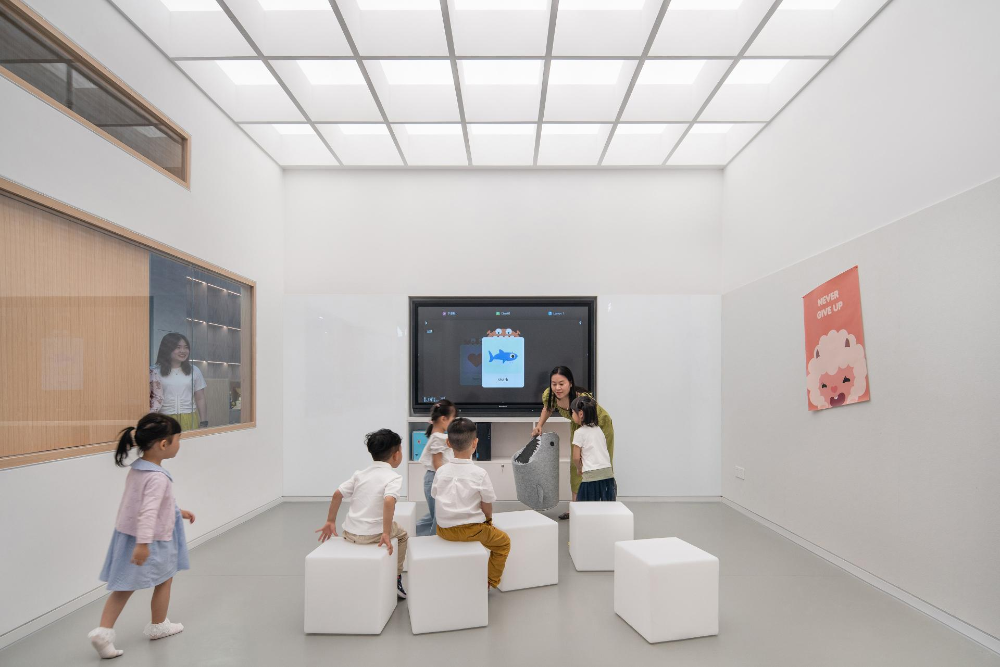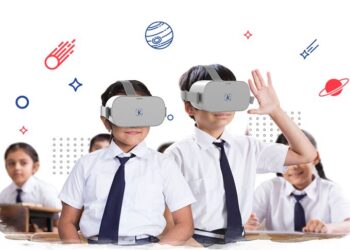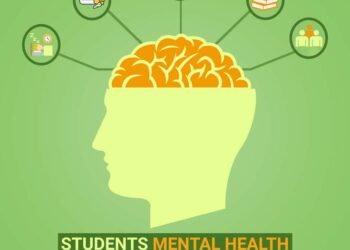For generations, the path to learning a new language was a well-trodden, often arduous one, paved with dense grammar books, repetitive verb drills, and sterile classroom environments. While these traditional methods laid a foundation, they often failed to capture the living, breathing essence of a language, leaving learners feeling more like linguistic archivists than fluent communicators. Today, that path has transformed into a multi-lane superhighway, fueled by technological innovation, cognitive science, and a globalized world that puts authentic communication directly at our fingertips.
The modern language learner is no longer a passive recipient of information but an active architect of their own fluency. The question is no longer just “how do I learn a language?” but “what is the most efficient, engaging, and sustainable way for me to learn?” This shift is monumental. It recognizes that learning is not a one-size-fits-all endeavor. The best approach is a personalized, blended strategy that combines cutting-edge tools with timeless immersion techniques to create a rich, dynamic, and genuinely effective learning ecosystem.
This article is your guide to navigating this exciting new world. We will move beyond the dusty textbooks to explore the revolutionary methods that are empowering learners to achieve proficiency faster and with more enjoyment than ever before. From harnessing the power of artificial intelligence in your pocket to stepping into virtual worlds for real-time practice, you will discover a comprehensive blueprint for building a learning system that not only teaches you a language but also connects you deeply with its culture and its people. Prepare to fundamentally reshape your understanding of what it takes to become fluent.
The Digital Revolution: Your Language Classroom in the Cloud
The single greatest catalyst for change in language education has been technology. It has democratized learning, taking it out of the exclusive domain of the classroom and placing it into the hands of anyone with a smartphone or internet connection. These digital tools are not mere gimmicks; they leverage sophisticated algorithms and learning theories to create personalized and adaptive experiences.
A. The Rise of Intelligent Language Apps
The first wave of language apps introduced gamification, making vocabulary drills feel more like a game than a chore. Today’s leading applications have evolved into powerful, AI-driven tutors.
- Adaptive Learning Paths: Modern apps like Duolingo, Babbel, and Memrise no longer offer a static curriculum. They use artificial intelligence to analyze your performance in real-time. If you struggle with a particular grammar concept, the app will present you with more exercises on that topic. If you master a set of vocabulary words, it will introduce new ones at the optimal time. This personalization ensures you are always learning at the edge of your ability, which is the sweet spot for rapid progress.
- Speech Recognition Engines: One of the biggest hurdles for self-learners has always been pronunciation. Advanced speech recognition technology now provides instant feedback on your accent and intonation. These systems can pinpoint specific phonemes you’re mispronouncing and offer exercises to correct them, acting as a dedicated pronunciation coach available 24/7.
- Spaced Repetition Systems (SRS): At the core of many vocabulary-building tools is the Spaced Repetition System. Based on the psychological principle of the “forgetting curve,” SRS is an algorithm that presents you with a flashcard (with a new word or phrase) at increasing intervals. Just as you are about to forget it, the card reappears. This scientifically-backed method is incredibly efficient for transferring vocabulary from your short-term to your long-term memory, ensuring you retain what you learn.
B. The Immersive Power of Virtual and Augmented Reality
While apps are powerful, they can still feel disconnected from the real world. Virtual Reality (VR) and Augmented Reality (AR) are bridging this gap, offering unprecedented levels of immersion without the need for a plane ticket.
- Virtual Reality (VR) Immersion: VR platforms like Immerse or Mondly VR transport you to simulated environments where you can practice your language skills in context. Imagine ordering a coffee in a virtual Parisian café, navigating a train station in Tokyo, or haggling at a market in Marrakesh. You interact with AI-powered characters in realistic scenarios, forcing you to use the language actively rather than passively recalling vocabulary lists. This contextual practice is crucial for building conversational confidence.
- Augmented Reality (AR) Learning: AR overlays digital information onto your physical world. Language learning apps using AR can turn your smartphone camera into a powerful learning tool. Point your camera at an object in your home, like a chair, and the app will display the word for it—”la silla,” “der Stuhl,” “椅子”—along with its pronunciation. This creates a direct and memorable link between the object and its foreign name, reinforcing vocabulary in your daily environment.
The Human Connection: Authentic Communication in the Digital Age
Technology is a powerful facilitator, but language, at its heart, is about communication between people. The internet has made it easier than ever to find and connect with native speakers for authentic practice, which is the ultimate key to fluency.
A. Tandem Exchanges and Language Communities
The concept of a “language exchange” or “tandem” is simple: you find a native speaker of your target language who wants to learn your native language. You then spend half your time speaking their language and the other half speaking yours.
- Finding a Partner: Platforms like Tandem, HelloTalk, and Speaky are dedicated to connecting language learners from around the globe. You can search for partners based on language, age, gender, and even interests. This ensures you find someone you genuinely enjoy talking to, turning language practice from a chore into a social activity.
- Structured Practice: The most effective tandem exchanges have some structure. You might agree on a topic beforehand, or one person could bring an article or a short video to discuss. This prevents the conversation from devolving into simple pleasantries and pushes you to use a wider range of vocabulary and grammar. The goal is communication, not perfection.
B. Finding Your Niche: Learning Through Your Passions

The most sustainable learning plan is one you enjoy. The modern approach encourages learners to integrate their target language into their existing hobbies and interests. This method, often called “comprehensible input,” focuses on understanding messages rather than consciously studying grammar.
- Podcasts and Audiobooks: Whatever your interest—true crime, history, technology, comedy—there is a podcast for it in your target language. Start with podcasts designed for learners, which use slightly slower speech and simpler vocabulary. As you progress, you can move on to content made for native speakers. This is an excellent way to improve your listening skills and get accustomed to the natural rhythm and flow of the language.
- Streaming Services and Graded Readers: Change the audio or subtitle language on your favorite Netflix show. Watch YouTube channels created by native speakers on topics you love, from cooking to video games. Similarly, “graded readers” are books that have been adapted for language learners at different levels. Reading a story you can actually follow is far more motivating and effective than struggling through a complex novel meant for native speakers.
The Cognitive Approach: Hacking Your Brain for Fluency
Recent advances in neuroscience and cognitive psychology have provided valuable insights into how our brains acquire language. Smart learners are now incorporating these findings into their study routines for maximum efficiency.
A. The Importance of Goal Setting and Habit Formation
Learning a language is a marathon, not a sprint. Without clear goals and consistent habits, it’s easy to lose motivation.
- Set SMART Goals: Instead of a vague goal like “I want to learn Spanish,” set a Specific, Measurable, Achievable, Relevant, and Time-bound goal. For example: “In three months, I want to be able to have a 15-minute conversation with my tandem partner about my daily routine without relying on a translator.” This gives you a clear target to work towards.
- Build a System, Not Just Willpower: Motivation is fleeting, but systems are reliable. Don’t rely on feeling “motivated” to study. Instead, build a habit. Commit to a specific, non-negotiable time each day for language learning, even if it’s just for 15 minutes. This consistency is far more powerful than sporadic, multi-hour cramming sessions.
B. Overcoming the Dreaded Intermediate Plateau

Nearly every language learner experiences the “intermediate plateau.” It’s the point where you feel like you’re no longer making rapid progress. You can communicate, but you keep making the same mistakes and relying on the same simple sentence structures.
- Identify and Target Weaknesses: The key to breaking through the plateau is to shift from general learning to targeted practice. Actively identify your specific weaknesses. Is it a particular verb tense? Prepositions? Word order? Once identified, you can seek out specific exercises, explanations, and practice opportunities to turn that weakness into a strength.
- Push Your Comfort Zone: The plateau is a sign that you’re stuck in a comfort zone. You must actively seek out challenges. Try to express more complex ideas. Write a short essay instead of a simple paragraph. Start watching movies without subtitles. This deliberate, challenging practice is what forges new neural pathways and pushes your abilities to the next level.
In conclusion, the new ways to learn languages are defined by personalization, technology, and authentic connection. The modern learner has an arsenal of powerful tools at their disposal, from AI-powered apps that adapt to their unique learning style to VR worlds that offer risk-free immersion. Yet, the most effective strategy does not rely on technology alone. It is a blended approach that marries these digital innovations with the irreplaceable value of human interaction and the proven science of habit formation. By architecting a personalized system that leverages these methods, you don’t just study a language; you learn to live it, breathe it, and ultimately, speak it with confidence and flair.












